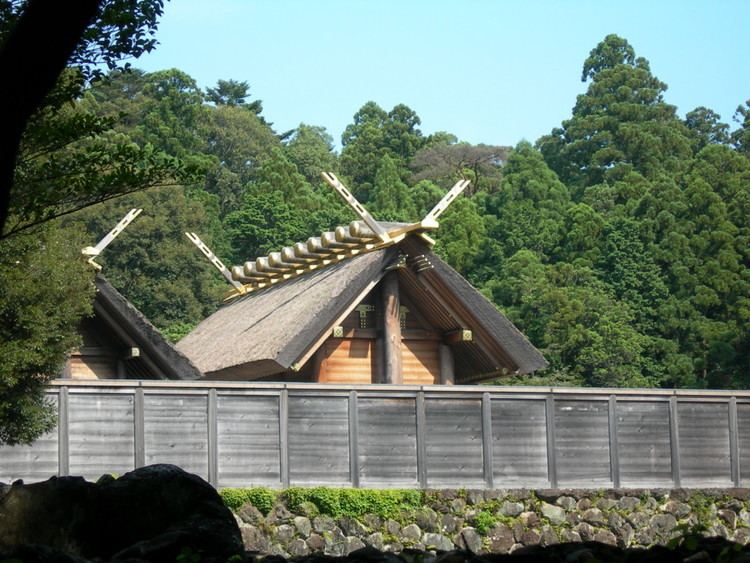686–686 Shuchō 704–708 Keiun | 650–654 Hakuchi 701–704 Taihō 708–715 Wadō | |
 | ||
Hakuchi (白雉) was a Japanese era name (年号,, nengō,, lit. "year name") after the Taika era and before Shuchō. This period spanned the years from February 650 through December 654. The reigning emperor was Kōtoku-tennō (孝徳天皇).
Contents
History
In 650, also known as Hakuchi gannen (白雉元年), the era began in the sixth year of the Taika era. The daimyo of Nagato province brought a white pheasant to the court as a gift for the emperor. This white pheasant was then construed as a good omen. Emperor Kōtoku was extraordinarily pleased by this special avian rarity, and he wanted the entire court to see this white bird for themselves. He commanded a special audience in which he could formally invite the sadaijin and the udaijin to join him in admiring the rare bird; and on this occasion, the emperor caused the nengō to be changed to Hakuchi (meaning "white pheasant").
In Japan, this was the second nengō, derived from the Chinese system of eras (nianhao); although some scholarly doubt has been cast on the authenticity of Taika and Hakuchi as historically legitimate era names.
Timeline
The system of Japanese era names was not the same as Imperial reign dates.
